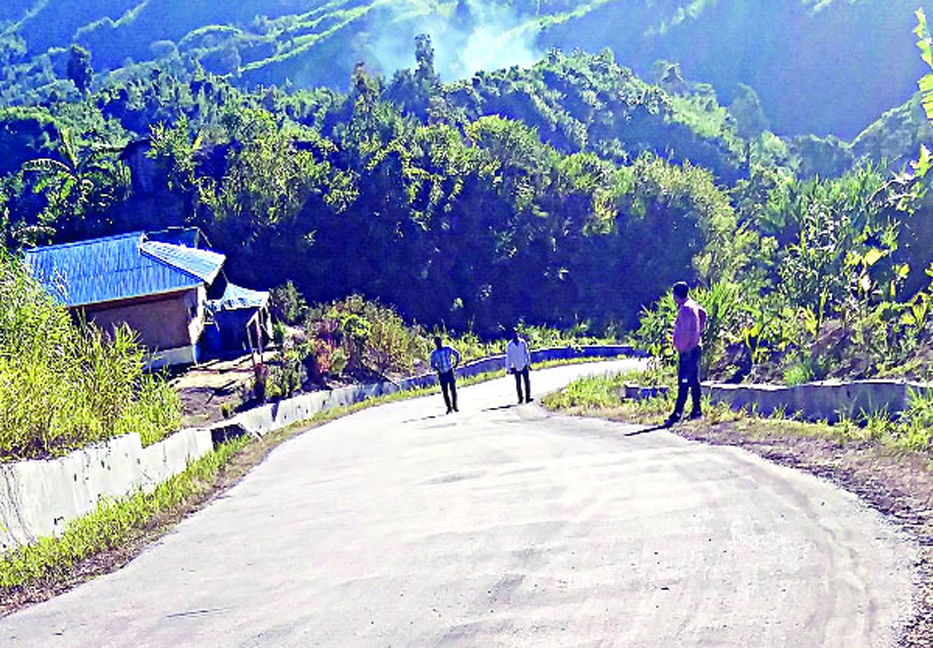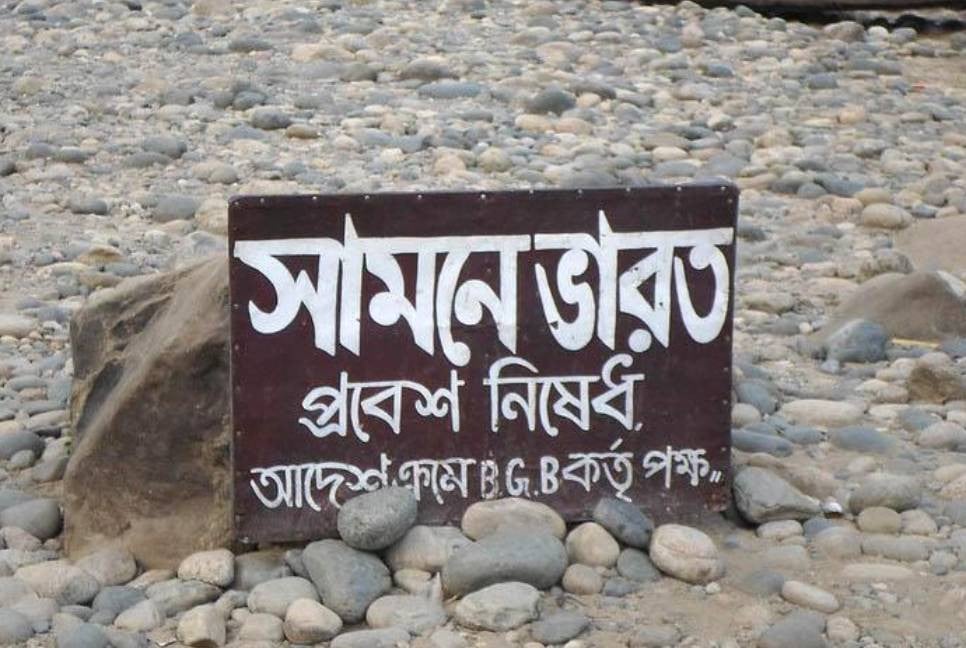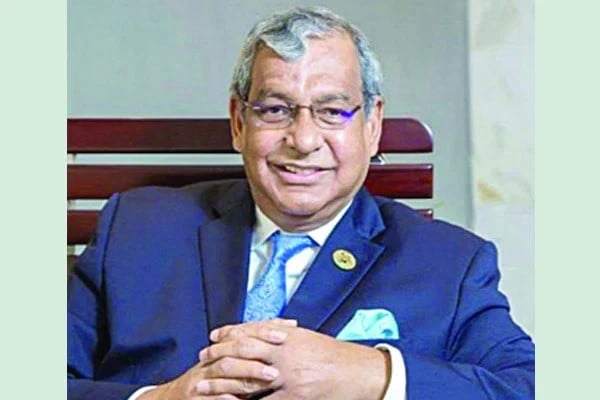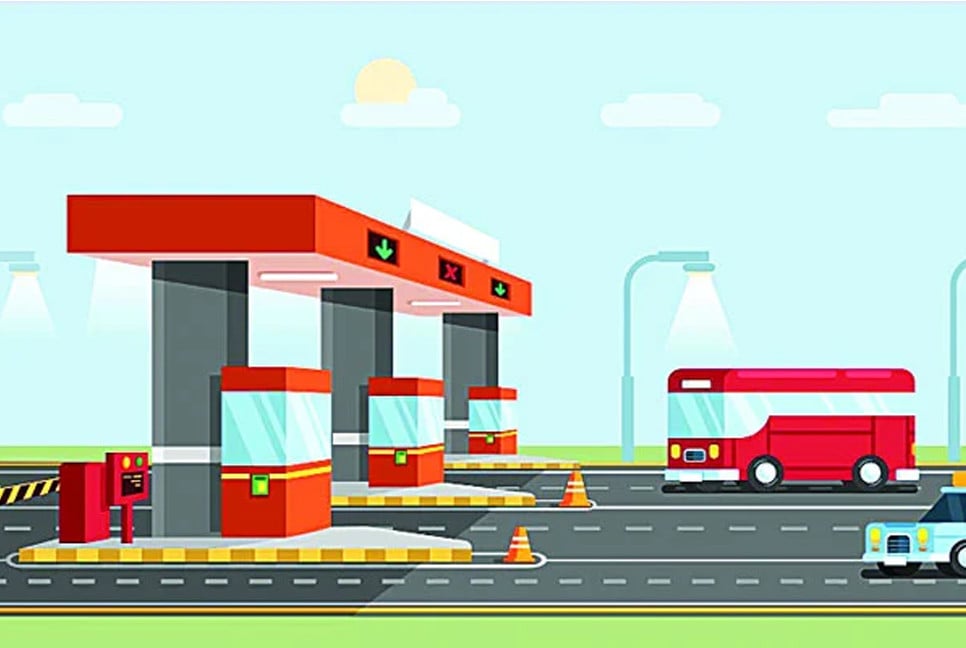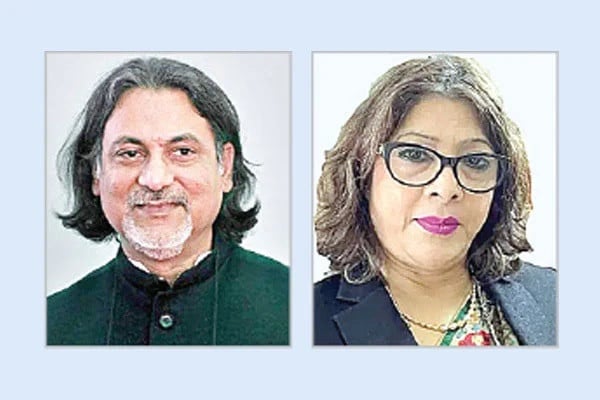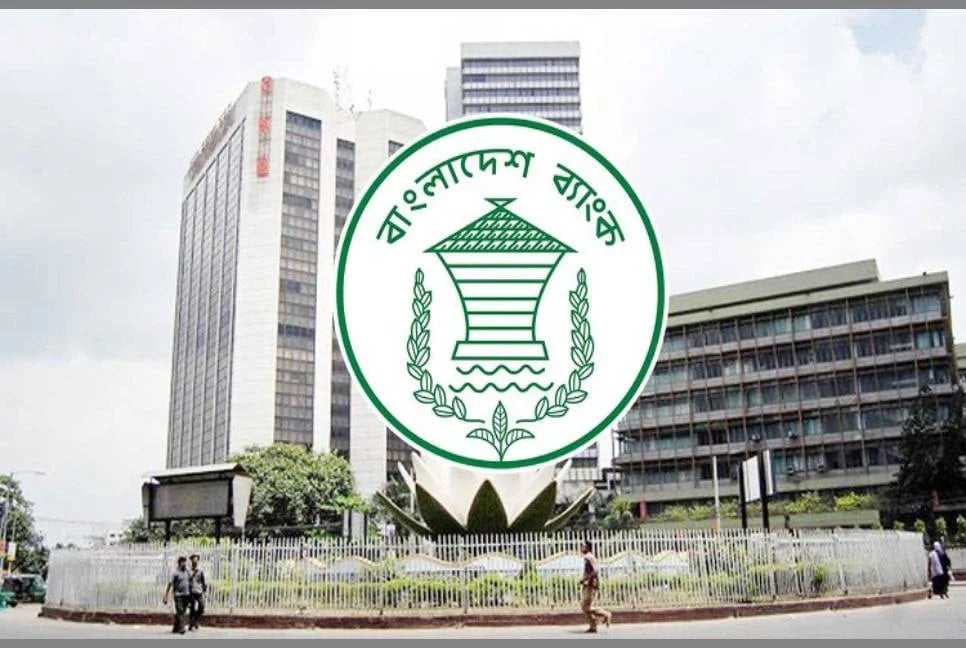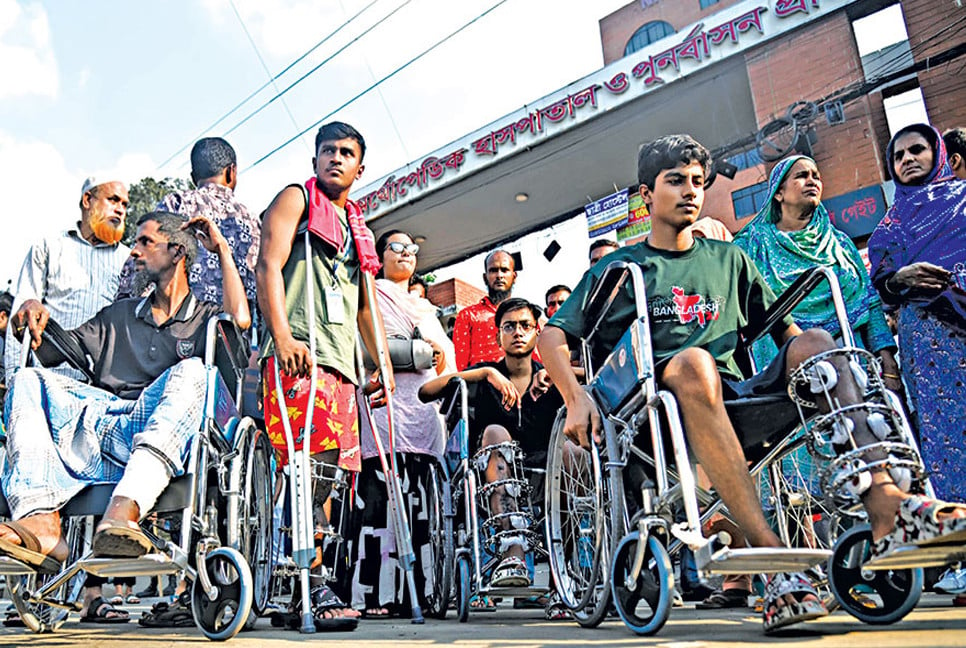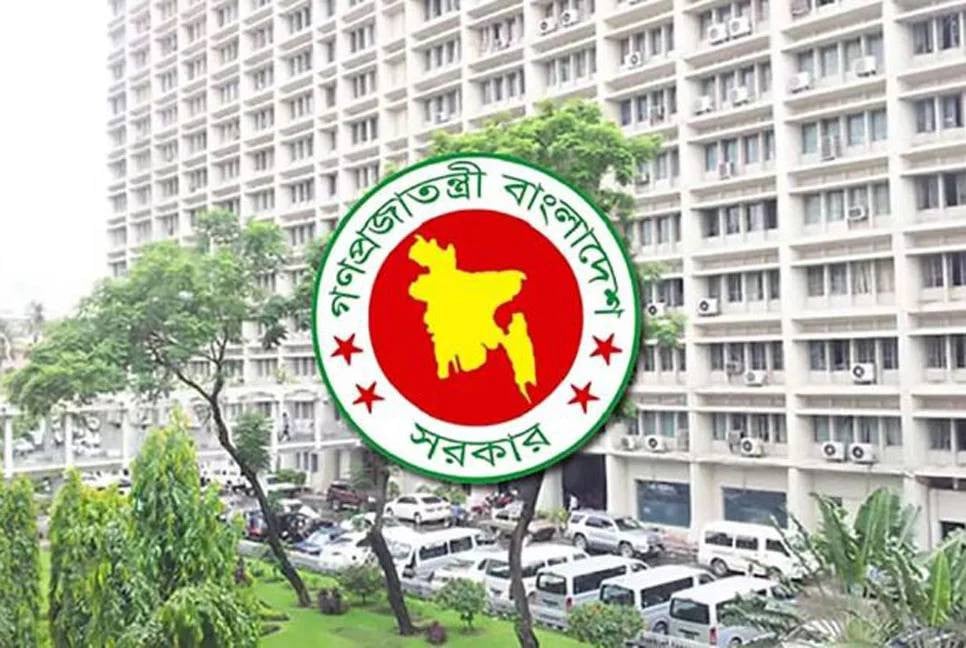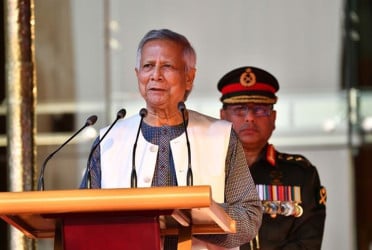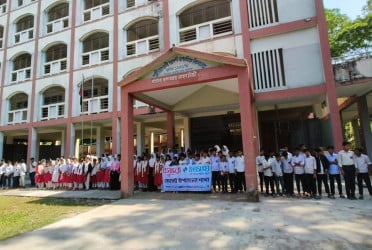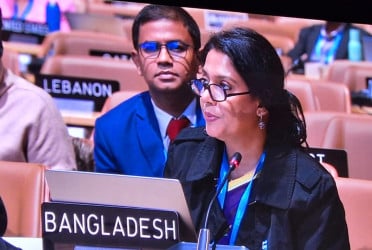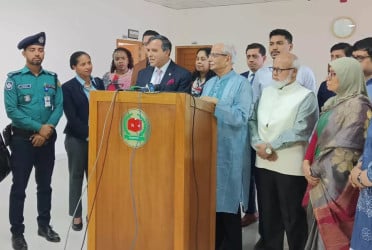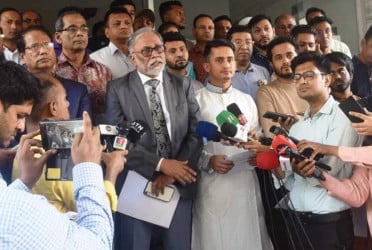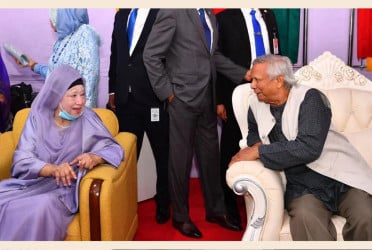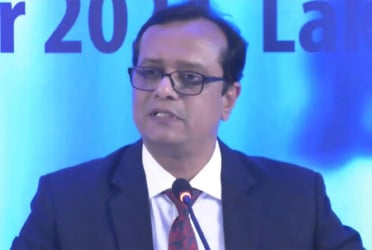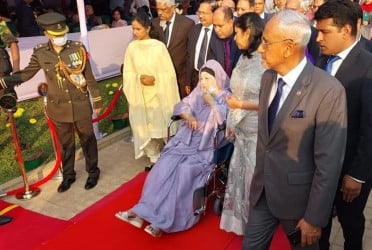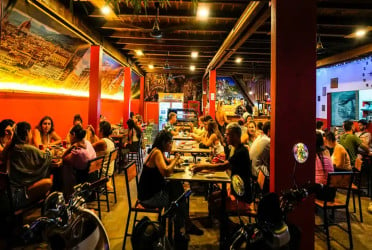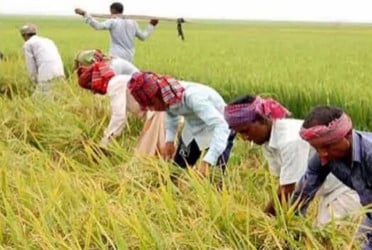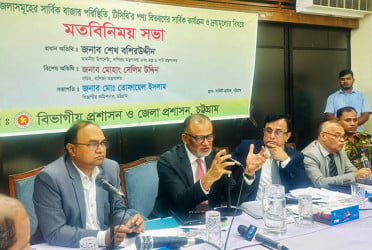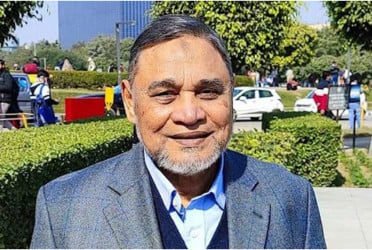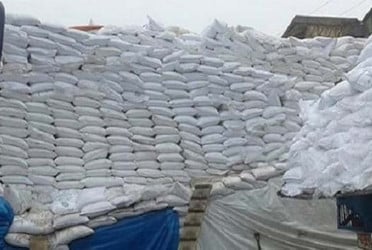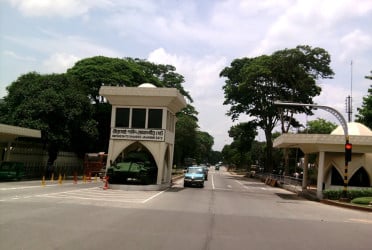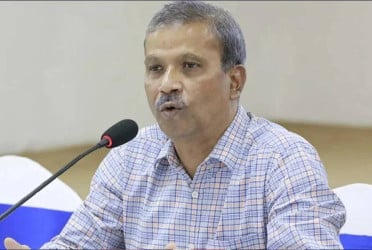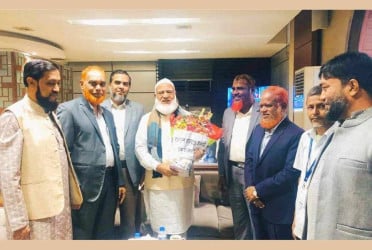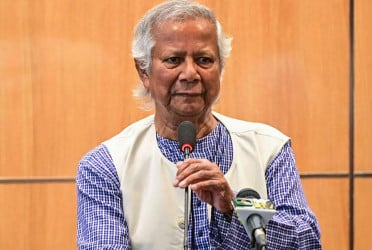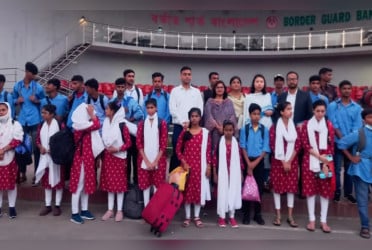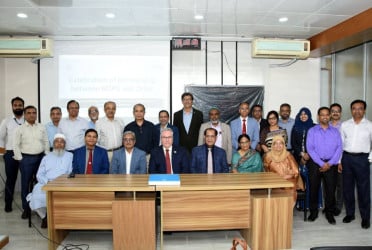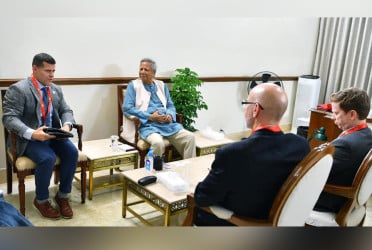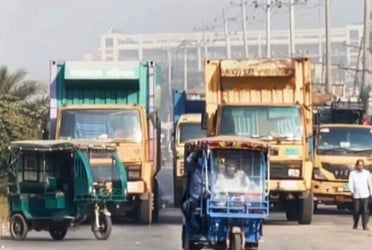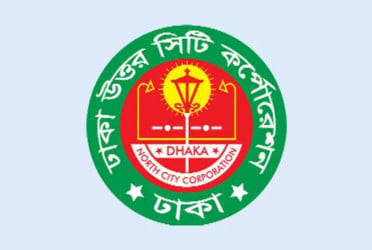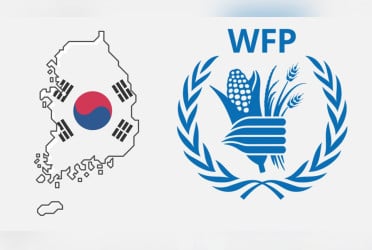The 1,036 km long road is being constructed to protect the wide border areas in three districts of Chattogram Hill Tracts (CHT). At first phase, the construction work of 174 km road of 317 km has been completed, and the rest of the works will be completed within June 2024.
The road is stretched from Ramgarh of Khagrachari to Poyamuhuri of Alikadam in Bandarban. The works of 117 km road in Rangamati, 14 km in Khagrachari and 73 kl in Bandarban border area are about to be finished.18 feet-road of Two-lane has connected the remote and inaccessible hilly areas to the main locality. The distance which took 3 days to be covered now takes only 3 hours. Hence, the border road reduced the security risks a lot and made the lifestyle of people of the hilly areas easy and dynamic.
Human settlements, houses, shops and markets have been built on both sides of the road and the income of the locals has increased. The members of Bangladesh Army's 34 Engineer Construction Brigade have achieved the impossible task of constructing it successfully. Construction work in the mountains is very laborious. Construction materials have to be transported long distances. There is also a security risk. In the last few days, after seeing the extraordinary developments in the mountains of different areas of Khagrachari and Rangamati, it seems that the pace of agriculture, tourism and industrialization of the hilly areas will be accelerated through this infrastructure development. The people's life in the hills will change with the touch of prosperity.
Through the implementation of the innovative concept of border road, communication barrenness in the remote areas of the three hill districts is being removed. The locals are happy that the new road network has been built for the socio-economic development of the people in the border areas and and to reduce security risk. Apart from this, the border road will play an important role in controlling smuggling and drugs in the hilly areas. Terrorist activities will come under control of the administration. All government facilities will be easy to reach to the grass roots. The first phase of the border road, which started in 2018, is being implemented in seven parts of 317 km. Now, the work of the second phase will begin.
Those concerned say that due to the border road, the development is going to the grass roots. Locals are involved in various income generating activities. Settlements have developed along the border road. Two or four papaya trees next to the house, rice rolling in colorful tins, gourd tops - with which the demand for vegetables is met throughout the year. Solar panels were installed on the tin-shed houses what the hill dwellers could not have imagined even a few years ago.
Sukhi Chakma, a housewife in Sajek, of Rangamati, in one late afternoon on November 27, was sitting in front of the house and processing the vegetables of bamboo cords (young tips of bamboo). She has been installing solar panels on tin-sheeted roof. The tip of the pole planted on the side of the house has been stretched over the roof of the house.
When asked, she said the border road has benefited a lot. From here it took three days to go to Masalong Bazar. I can go quickly now. My little girl can go to school easily.
Her husband Tarun Jeevan is a pickup driver. He said, earlier there were marsh and ditches here. I came here seven years ago. Because of the road, now our income is decent now. We have been benefited a lot.
Sumant Chakma works in an NGO in Baghaichhari. He said the border road will bring major changes in the education, health and economy of the hills. Medical services will also reach the doorstep of common people.
The border road is being built keeping the features of high and low hills intact. This is the remarkable feat of building the highest road in the country. Its height at the highest point is about 2,800 feet above sea level. Earlier, the country's highest road was the Thanchi-Alikdam road built over Bandarban hills. A large number of internal 'connecting roads' are being constructed between the border roads and the hilly areas, which will allow local residents and tourists to travel freely. More importantly, the border road is expected to revolutionize the agricultural economy of the hill region. The border road starts from Ghumdhum at Naikshyongchari in Bandarban. Then the border of three countries (Bangladesh-Myanmar-India) is stretched to Ramgarh on the border of Rangamati and Khagrachari through the Dochhari-Alikdam-Thanchi-Remakri-Dhupanichara road.
Border Road Project Officer (Udaipur) Major HM Ikramul Haque said, “Due to the construction of this road, the unprotected area of Gahin Pahar will also come under complete surveillance. The road will be paved for the development of the tourism industry along with fostering security of the wider area.”
He said construction work in hilly areas is very difficult. The locals have been benefiting a lot from the construction of this road. As a result, I am getting their support.
Those concerned with the project said this long road will improve the communication system along with ensuring the border security of the hilly districts. Apart from this, the expansion of trade and commerce in Southeast Asia through road communication with the neighboring countries, the development of the socio-economic conditions of the region through the transportation of agricultural products from the border areas to the mainland of the country, and the establishment of various industries in the mountainous areas will act as a major regulator. It will pave the way for future road network connectivity with India's Mizoram-Tripura and Myanmar's Arakan State.
According to related sources, it should be noted that since the mountain peace agreement on December 2, 1997, in the last 26 years, the government has constructed 1,212 kilometers of paved roads in three districts of CHT. Among these, 662 km in Rangamati district, 130 km in Khagrachari and 420 km in Bandarban. Bangladesh Army played the main role in its construction.
(The report was published on print and online versions of The Bangladesh Pratidin on December 1 and rewritten in English by Lutful Hoque)

